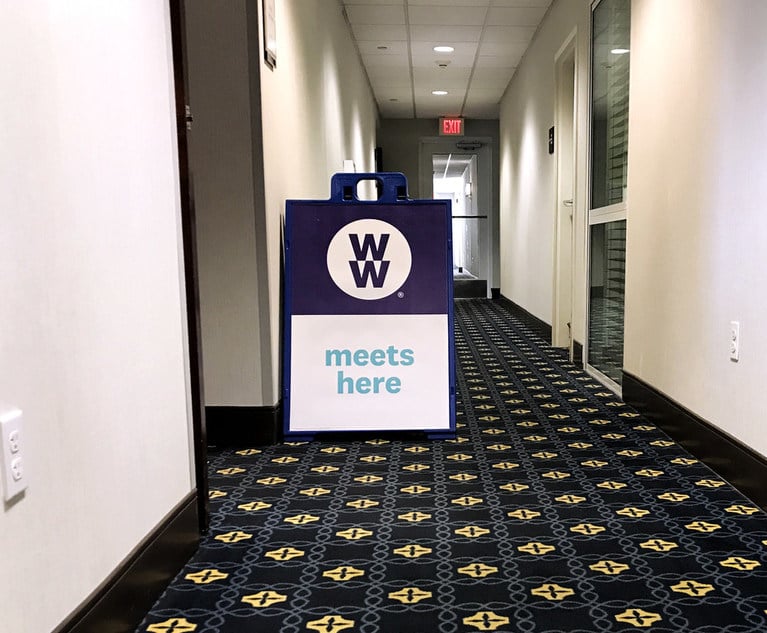 The Bank Secrecy Act requires financial institutions to establish an anti-money laundering (AML) compliance program to prevent and detect financial crime. Failure to institute an effective program can subject an institution to significant regulatory oversight and penalties. AML compliance missteps have caught numerous banks in the United States and abroad flatfooted with inadequate compliance programs, resulting in massive fines and government scrutiny that distracts from core business missions.
The Bank Secrecy Act requires financial institutions to establish an anti-money laundering (AML) compliance program to prevent and detect financial crime. Failure to institute an effective program can subject an institution to significant regulatory oversight and penalties. AML compliance missteps have caught numerous banks in the United States and abroad flatfooted with inadequate compliance programs, resulting in massive fines and government scrutiny that distracts from core business missions.
Given the importance of AML compliance, financial institutions are increasingly turning to outside experts and consultants to assess the sufficiency of their AML programs. These ad hoc “assisted self-assessments”—often called “gap analyses”—are typically commissioned by chief compliance officers, senior management, or boards of directors either proactively or as a result of an unfavorable internal audit or exam findings, which can give rise to a fear of future enforcement actions. Voluntary self-assessments are important to a sustainable and vigorous AML program, but, if they’re not implemented properly, these voluntary self-assessments can open financial institutions up to serious risk. Lawyers advising financial institutions and their directors should therefore think carefully about when to commence these reviews and how to manage them.






